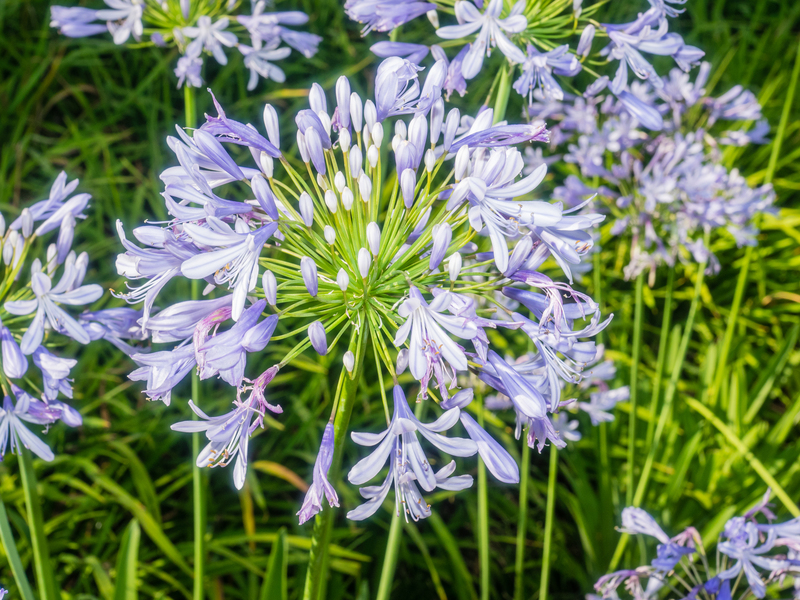Mastering Hedge Trimming for Your Poplar Trees

Maintaining a pristine poplar hedge requires regular hedge trimming. Poplar trees are known for their rapid growth and dense foliage, making them a popular choice for privacy screens and ornamental borders. Effective trimming not only enhances their aesthetic appeal but also promotes healthy growth and longevity.
When embarking on poplar hedge maintenance, it's essential to understand the specific needs of poplar trees. Their fast growth rate means they can quickly become unruly if not properly managed. Regular trimming helps control their size, shape, and density, ensuring they remain an attractive feature in your landscape.
Proper hedge trimming techniques can make a significant difference in the health and appearance of your poplar hedges. Utilizing the right tools and methods will ensure that you achieve a clean, even cut, which is crucial for preventing disease and promoting vigorous new growth.

One of the key aspects of trimming poplar hedges is timing. The best time to trim poplar trees is during the late winter or early spring before new growth begins. This timing allows the trees to recover quickly and start the growing season strong.
When trimming, focus on removing any dead or diseased branches first. This not only improves the overall health of the hedge but also prevents the spread of pests and diseases. Additionally, clearing out these weaker branches allows more sunlight and air to reach the inner parts of the hedge.
For maintaining an even shape, use sharp, clean shears to make precise cuts. This helps prevent tearing or damaging the branches, which can lead to unsightly blemishes and potential entry points for pathogens.

Incorporating regular poplar hedge trimming into your gardening routine ensures that your hedges remain well-shaped and healthy. Consistent maintenance prevents the hedges from becoming overgrown, which can make trimming more difficult and time-consuming in the long run.
Consider the natural growth pattern of poplar trees when planning your trimming strategy. Poplars tend to grow tall and narrow, so trimming should focus on maintaining a balanced and symmetrical appearance. This involves cutting back the tallest branches to encourage lateral growth, resulting in a fuller and more uniform hedge.
Additionally, thinning out the interior branches can improve air circulation within the hedge. Better airflow reduces the risk of fungal infections and contributes to the overall robustness of your poplar trees.

Pruning techniques play a crucial role in the success of your hedge trimming efforts. Start by identifying and removing any crossing or rubbing branches, as these can cause significant damage over time. Next, focus on shaping the hedge by trimming back the outer edges to achieve the desired form.
Using tools like hedge trimmers, pruners, and loppers can make the trimming process more efficient and effective. Ensure your tools are well-maintained and sharp to achieve clean cuts that promote healthy growth.
Don't forget to regularly inspect your hedges for signs of pests or diseases, especially after trimming. Early detection and prompt treatment can prevent minor issues from escalating into major problems that could compromise the health of your poplar hedges.

Incorporating mulching around your poplar hedges after trimming can provide additional benefits. Mulch helps retain soil moisture, suppresses weeds, and adds essential nutrients back into the soil. This creates an optimal environment for your hedges to thrive.
Ultimately, effective hedge trimming for poplar trees requires a combination of proper timing, appropriate techniques, and regular maintenance. By following these guidelines, you can ensure that your poplar hedges remain healthy, attractive, and well-defined for years to come.
Remember, investing time and effort into trimming your poplar hedges not only enhances the beauty of your landscape but also contributes to the overall health and vitality of your trees. With consistent care, your poplar hedges will continue to be a stunning focal point in your garden.
